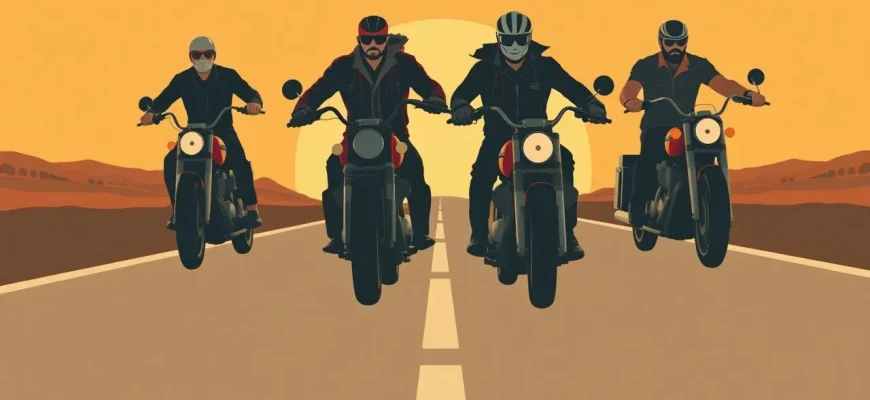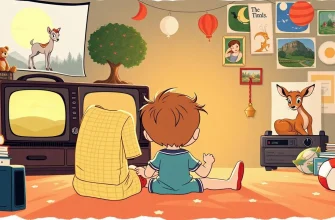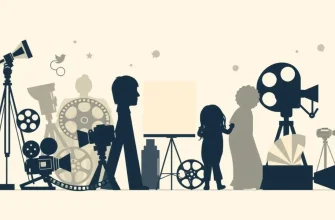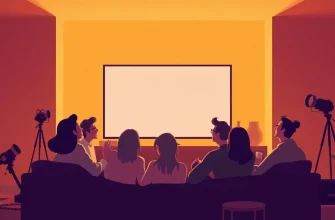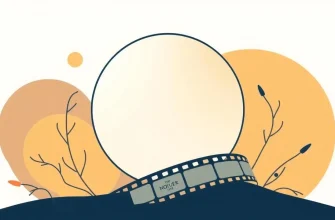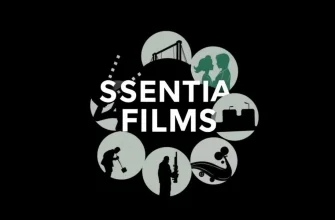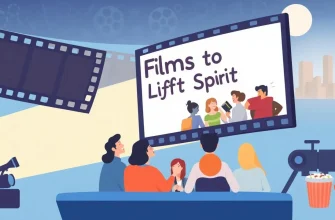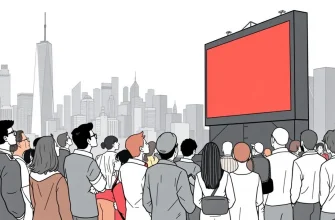Biker films have long captured the imagination of audiences with their tales of freedom, rebellion, and the open road. This curated selection of ten films delves into the heart of motorcycle culture, showcasing the diverse narratives that revolve around the lives of bikers. From gritty dramas to thrilling adventures, these films provide a window into the subculture that has fascinated moviegoers for decades. Whether you're a seasoned rider or just a fan of cinematic storytelling, this collection offers something for everyone, highlighting the allure and the lifestyle of those who live for the ride.
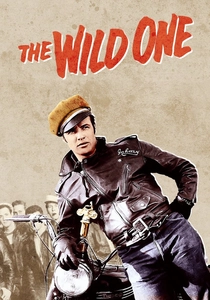
The Wild One (1953)
Description: This film is often credited with popularizing the image of the rebellious biker, featuring Marlon Brando in one of his most iconic roles. It captures the essence of the 1950s biker culture and its clash with small-town America.
Fact: The film was banned in the UK for 14 years due to its depiction of violence and anti-social behavior. Brando's leather jacket became a symbol of rebellion.
 Watch Now
Watch Now
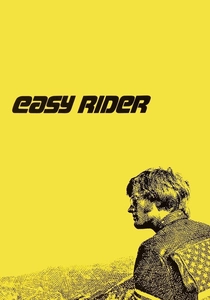
Easy Rider (1969)
Description: A landmark film that epitomizes the counterculture movement of the 1960s, "Easy Rider" follows two bikers on a journey across America, exploring themes of freedom, drugs, and the American Dream.
Fact: The film's soundtrack, featuring "Born to Be Wild" by Steppenwolf, became synonymous with the biker lifestyle. It was nominated for two Academy Awards.
 Watch Now
Watch Now
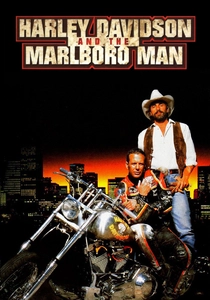
Harley Davidson and the Marlboro Man (1991)
Description: This action-packed film stars Mickey Rourke and Don Johnson as two friends who embark on a bank heist to save a friend's bar, showcasing the camaraderie and the lifestyle of bikers.
Fact: The film was initially titled "The Highwayman." It features a cameo by a young Tom Sizemore.
 Watch Now
Watch Now
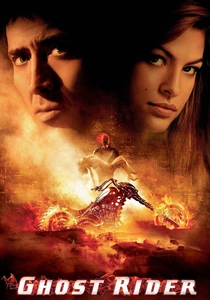
Ghost Rider (2007)
Description: Based on the Marvel Comics character, this film tells the story of Johnny Blaze, who becomes the Ghost Rider, a supernatural biker tasked with hunting down evil souls.
Fact: Nicolas Cage, a known motorcycle enthusiast, performed many of his own stunts. The film's special effects were groundbreaking for its time in depicting the transformation into the Ghost Rider.
 Watch Now
Watch Now
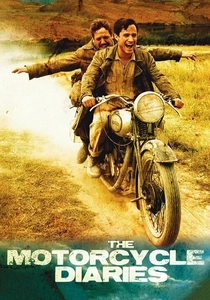
The Motorcycle Diaries (2004)
Description: While not a traditional biker film, this biopic follows a young Che Guevara on a transformative journey across South America on his motorcycle, exploring themes of youth, identity, and social justice.
Fact: The film was shot in various locations across South America to capture the authenticity of Guevara's journey. It won the BAFTA Award for Best Film Not in the English Language.
 Watch Now
Watch Now
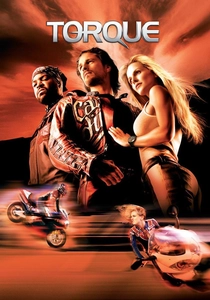
Torque (2004)
Description: This high-octane action film features motorcycle chases, rival biker gangs, and a plot involving a stolen motorcycle, making it a thrilling addition to the biker movie genre.
Fact: The film's stunts were performed by professional riders, including Carey Hart. It was one of the first films to use extensive CGI for motorcycle stunts.
 Watch Now
Watch Now
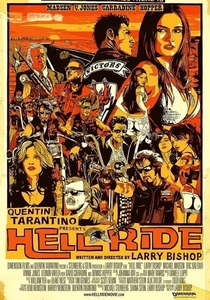
Hell Ride (2008)
Description: A modern take on the biker film genre, "Hell Ride" follows a biker gang leader as he seeks revenge for the murder of his friends, blending elements of action and dark comedy.
Fact: The film was directed by Larry Bishop, who also stars in it. It features a cameo by Quentin Tarantino.
 Watch Now
Watch Now
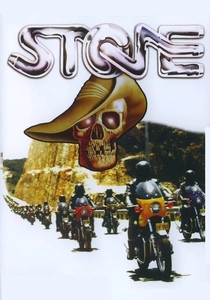
Stone (1974)
Description: A gritty tale of a biker gang's journey to find a missing member, "Stone" delves into themes of loyalty, betrayal, and the harsh realities of the biker lifestyle.
Fact: The film was shot on location in Australia, providing a raw, unfiltered look at the biker scene. It features a young Helen Morse in one of her early roles.
 30 Days Free
30 Days Free

The Bikeriders (1968)
Description: This documentary-style film captures the lives of members of the Chicago Outlaws Motorcycle Club, offering an authentic look at the biker subculture in the late 1960s.
Fact: The film was directed by Bruce Brown, who later became famous for "Endless Summer." It was initially intended as a promotional film for the Outlaws.
 30 Days Free
30 Days Free

The Loveless (1981)
Description: Directed by Kathryn Bigelow, this film explores the tension between a group of bikers and the small-town residents they encounter, highlighting the cultural clash.
Fact: It was Bigelow's directorial debut. The film's style was heavily influenced by "The Wild One."
 30 Days Free
30 Days Free

